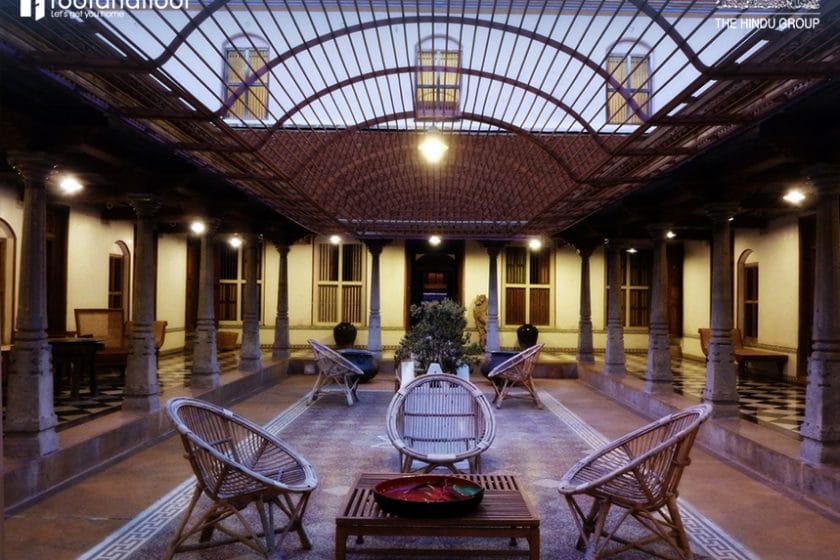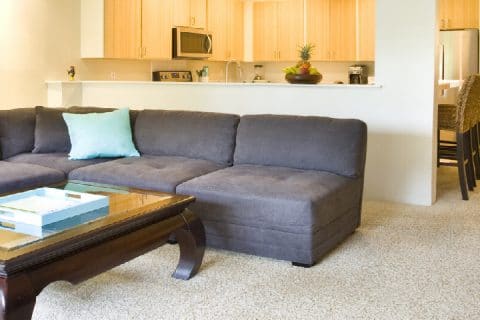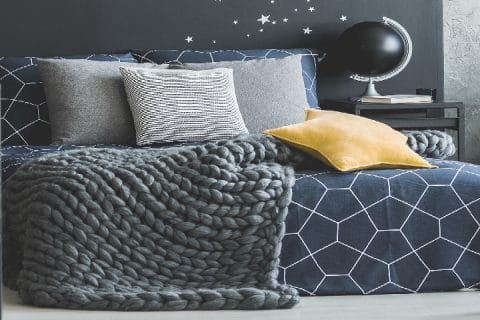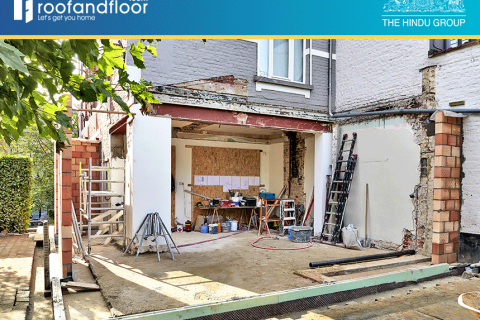Tucked away in the Sivaganga district of Tamil Nadu is a culturally rich region called Chettinad. Home to the Chettiars, the region spans a network of more than 70 villages.
The Nattukottai Chettiars trace their lineage to a line of traders and businessmen who made their fortunes through businesses in Southeast Asia in the 18th century.
Typical Chettinad architecture
The floor plan of most Chettiar mansions consisted of an outdoor verandah, known as thinnai for receiving guests. An interior courtyard was used for conducting ceremonies. Traditionally two-storied structures, Chettinad mansions expanded horizontally, adding many halls and courtyards for the expanding family. It is not unusual to find a mansion with more than 100 rooms!
There are a few common elements throughout all the Chettinad mansions scattered around Karaikudi.
Ornate and intricately carved pillars: The Chettinad traders would deal with teak, marble, granite, and iron through their trading in Asia. And much of it would make their way into their homes. Gorgeously engraved, these pillars are now making their way into non-Chettinad homes as well. You could also suddenly find a beautifully carved vintage door adorning modern villas these days.
Athangudi tiles: If you are looking for just that touch of colour and antiquity to your home flooring, Athangudi tiles are the answer. The Chettinad mansions used Athangudi tiles, which are handmade over glass in vibrant colours and designs. You can still buy original Athangudi tiles from factories in Chettinad and use them either in flooring or as wall tiles.
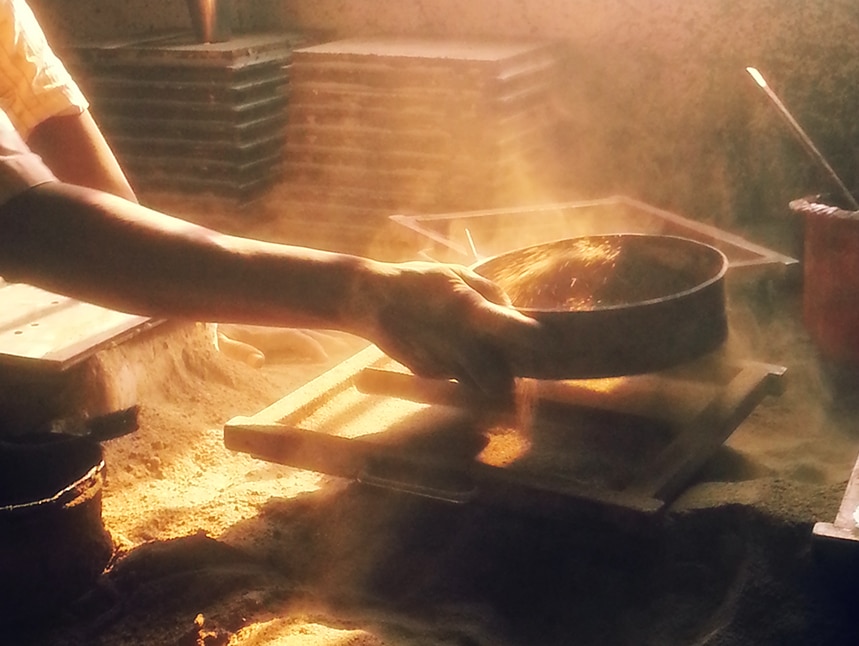
Courtyards: A typical Chettinad house would have at least two and even four courtyards, each designating a different function in the joint family set-up.
Long-lasting walls: Being in a hot, arid region, the builders of these mansions had to think of ways to cool the insides of the house even as temperatures soared outside. Lime or egg plaster was laid in at least five coats, a technique was labour-intensive, but gave the walls an impeccable, smooth finish. Stucco art decorated these walls and wall paintings from stencils created rich interiors.
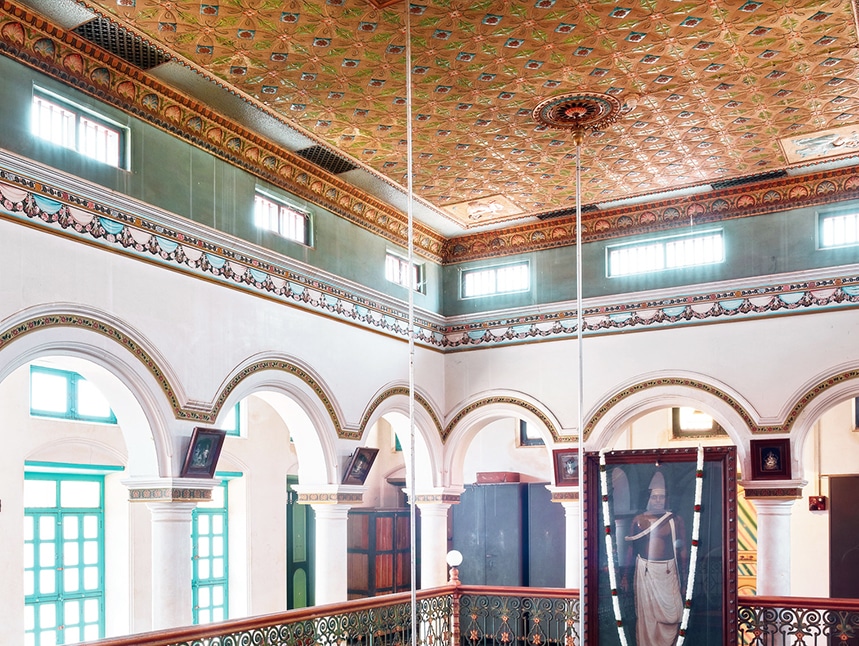
From intricate woodwork to colourful ceramic tiles, the world of Chettinadu architecture is a mesmerising one. Click To Tweet
Utilise elements of Chettinad style in your home to create a rich and warm feel, capturing the history of a bygone era.


